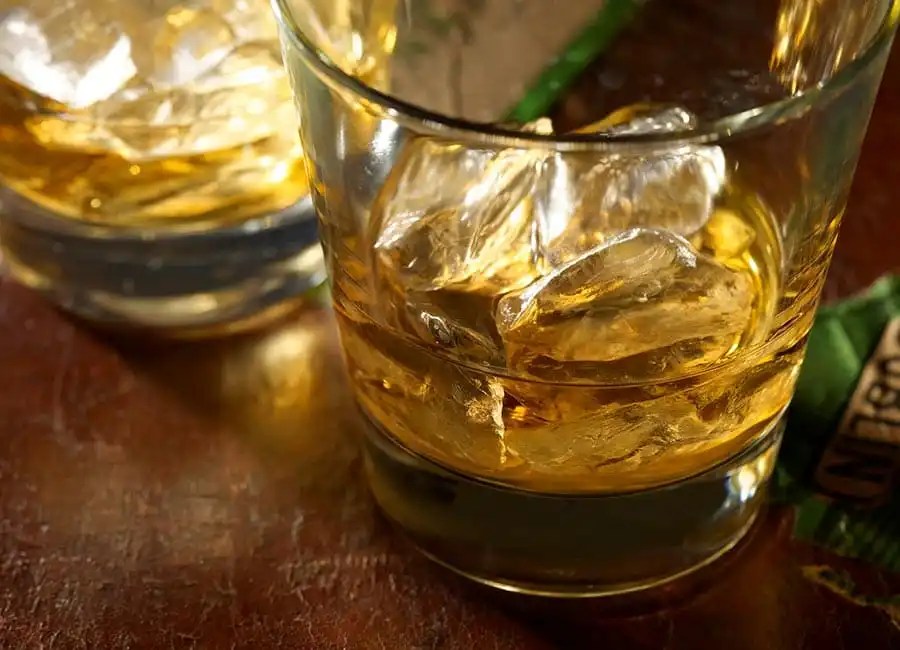Before investing in new branding, make sure a trade mark clearance search is carried out first, advises trade mark expert Mary Bleahene in FRKelly
A common aspiration of most business owners is to establish an attractive brand that will resonate with their customers and represent their core values.
Businesses such as IBM, 3M, Coca Cola and Google have achieved this on a large scale and are internationally recognised, while smaller companies may aim to have their brand names and logos recognised in niche markets or in local areas.
Whatever the size or nature of your business, if you are considering investing in the launch of a new brand, then you will need to think about the trade mark rights of your competitors and also think about protecting your own.
Clearing and protecting branding is more important than ever an increasingly globalised business world. On the internet, everyone can see you whereas before in a small country like Ireland you might never cross a big brand owner’s radar.
What is Your Trade Mark Anyway?
Your brand name or logo is a trade mark. In fact any ‘sign’ in your branding that distinguishes your products or services from those of your competitors is a trade mark.
From the moment you select a shortlist of potential new brand names, a new logo, or design of packaging for your products, services or business, you must acquire a basic understanding of trade mark rights so that you can safely have your trade marks cleared for use as well as for registration.
Trade marks in branding come in all shapes and sizes and can be words, names, logos, number or letter combinations, slogans, colour combinations or even smells. The only basic qualification for trade mark protection is that the brand element is distinctive of you, and/or your products or services.
Do a quick trade mark audit of your brand to identify the trade marks in it. Typical trade marks in your branding can be your brand name, your logo, your slogan, and/or the colours or the design of the packaging. All of these elements or signs can be registered as trade marks as long as they are distinctive of your products or services.
If You Fail To Search, You Are Panning To Fail!
Millions of trade marks are registered every year by businesses looking to protect their trade mark rights and to obtain legal exclusivity in their branding in their product or service category.
Furthermore those trade mark owners generally run trade mark watches so that they are notified of the use or registration of similar marks by competitors.
Therefore before investing capital into new branding, a trade mark clearance search must be carried out by a suitably qualified trade mark attorney to determine whether your proposed brand elements are available for adoption and trade mark registration.
When considering a new branding, you must face the risk that a competitor may have registered identical or similar trade marks in your product or service category (or related category) and a legal search is the only means for determining that risk.
A business that invests in launching new branding without knowing whether the trade mark elements are legally available is putting capital investment at risk.
This is owing to the possibility of having to change the branding, sometimes long after it is well established and known by consumers, at the request of a registered trade mark owner previously unknown.
Are Company Names OK?
For Irish and UK businesses adopting new company names, it is no longer a defence to registered trade mark infringement that a third party trade mark is being used as a company name in accordance with honest practices.
This ‘own name’ defence for companies has recently been removed from legislation to harmonise EU trade mark law. Therefore it now more important than ever to search new marks that are proposed to be used as corporate names.
Don’t think for one minute that because you have succeeded in incorporating your company under your chosen name that the company name is available and free for your use – your use as a company name will always be subject to third party trade mark rights. The same applies to your domain name and/or any unregistered business names even more so.
How Do You Protect Your Brand?
Having carefully considered the trade mark elements of your branding such as the brand name, logo etc, and cleared these for your use by way of trade mark clearance searches, your next important step is to secure your trade mark rights by trade mark registration.
Registering your trade marks at the earliest possible opportunity will give you confidence in the legal position and your freedom to use your branding without restraint.
However, not all brand elements can be registered as trade marks. For example, your brand names must be distinctive, not generic, and not directly descriptive of your products or services.
When selecting a new brand name therefore, be as unique and inventive as you can and avoid descriptive names such as ‘Cork Meat Company’ or ‘One Hour Photo’.
For logos and designs, these trade marks must be distinctive designs and not just, for example, ordinary geometrical shapes or ordinary colour combinations.
Choosing distinctive trade marks will make the trade mark registration much smoother and less expensive than if you pick weak descriptive or generic marks, and will also ensure that once registered your trade marks are easier to enforce against infringers. In a nutshell, don’t settle for trade marks that are legally weak because you may never fully own or control them from a legal perspective.
Your Trade Marks Are Forever
Once registered, your trade mark registrations will remain in force for ten years with no annual maintenance fees payable. Furthermore, your registered trade marks can be renewed indefinitely every ten years for relatively modest fees.
Registering trade marks early assures your exclusivity in their use and converts valuable intangible property into your personal property that can even be licensed or mortgaged to fund future business activity.
• Mary Bleahene (pictured) is a partner in FRKelly and advises clients on the trade mark clearance and protection of their brands in Ireland and internationally.









